The Role of Data Analytics in IT Staffing
The Impact of Data Analytics in IT Staffing
In today’s technology-driven world, organizations are constantly striving to stay competitive and innovative. To achieve this, finding the right talent with the necessary skills and experience is essential. The role of data analytics in IT staffing has become increasingly crucial as companies recognize the importance of making data-driven decisions in their recruitment processes. In this blog post, we will explore the various strategies and benefits of using data analytics to revolutionize IT staffing.
1. Identifying Trends and Patterns:
One of the primary benefits of data analytics in IT staffing is its ability to identify trends and patterns in the job market. By analyzing vast amounts of data, organizations can gain valuable insights into the ever-evolving skills and qualifications required for IT positions. For example, by analyzing job postings and industry reports, data analytics can reveal the emerging technologies and programming languages that are in high demand. This information allows organizations to align their talent acquisition strategies with industry trends, ensuring that they are consistently attracting the right candidates.
2. Assessing Skill Gaps:
Data analytics also plays a crucial role in assessing skill gaps within an organization. By analyzing the skill sets of current employees and comparing them to industry benchmarks, organizations can identify areas where their workforce may be lacking. This insight enables IT staffing professionals to focus their recruitment efforts on specific skill sets that are in high demand but may be lacking within their organization. By bridging these skill gaps, organizations can enhance their overall capabilities and remain competitive in the ever-changing IT landscape.
3. Predicting Future Talent Needs:
Another powerful aspect of data analytics in IT staffing is its ability to predict future talent needs. By analyzing historical data, market trends, and growth projections, organizations can forecast their future workforce requirements. This predictive capability allows organizations to proactively recruit and train talent well in advance, ensuring that they have the right people in place when they are needed. This not only saves time and resources but also gives organizations a competitive advantage by staying ahead of the curve and avoiding talent shortages.
4. Enhancing Recruitment Process:
Data analytics significantly enhances the recruitment process by providing valuable insights and streamlining decision-making. By leveraging data, IT staffing professionals can accurately assess a candidate’s qualifications, experience, and cultural fit before making hiring decisions. For instance, by analyzing resumes, social media profiles, and behavioral data, organizations can gain a comprehensive understanding of a candidate’s skills and suitability for a particular role. This data-driven approach minimizes the risks associated with hiring, resulting in more successful placements and improved employee retention.
5. Optimizing Workforce:
Data analytics in IT staffing goes beyond just recruitment; it also helps organizations optimize their existing workforce. By analyzing employee data such as performance metrics, turnover rates, and career progression, organizations can identify patterns and trends that can guide talent development and retention strategies. For example, by identifying high-performing employees and providing opportunities for growth and advancement, organizations can nurture their top talent and create a culture of continuous learning and development.
6. Reducing Costs:
In addition to improving productivity and success rates, data analytics in IT staffing also helps organizations reduce costs. By optimizing the recruitment process, organizations can minimize the time and resources spent on sourcing, screening, and interviewing candidates. Moreover, by accurately predicting talent needs and proactively training employees, organizations can avoid expensive external hires and reduce turnover rates. These cost-saving benefits make data analytics a valuable tool for organizations of all sizes, particularly small businesses with limited resources.
Conclusion
In conclusion, the role of data analytics in IT staffing is undeniable in today’s rapidly evolving digital landscape. By leveraging data analytics, organizations can identify trends, assess skill gaps, predict future talent needs, enhance recruitment processes, optimize the workforce, and reduce costs. The use of data-driven decision-making not only ensures successful placements but also enables organizations to stay competitive, innovative, and at the forefront of the IT industry. As organizations continue their digital transformation journeys, harnessing the power of data analytics in IT staffing will be essential for sustained growth and success.
At VorTek Systems, we understand the significance of data analytics in IT staffing. With over 20 years of expertise in the IT sector, we excel in connecting organizations with top IT talent. Our commitment to addressing the evolving demands of the digital arena, from development to cybersecurity, AI, and networking, showcases our comprehensive understanding and capability in the field. By leveraging data analytics, we bridge the gap between complex challenges in the information systems sector and innovative talent solutions, keeping our clients ahead in the digital landscape.




